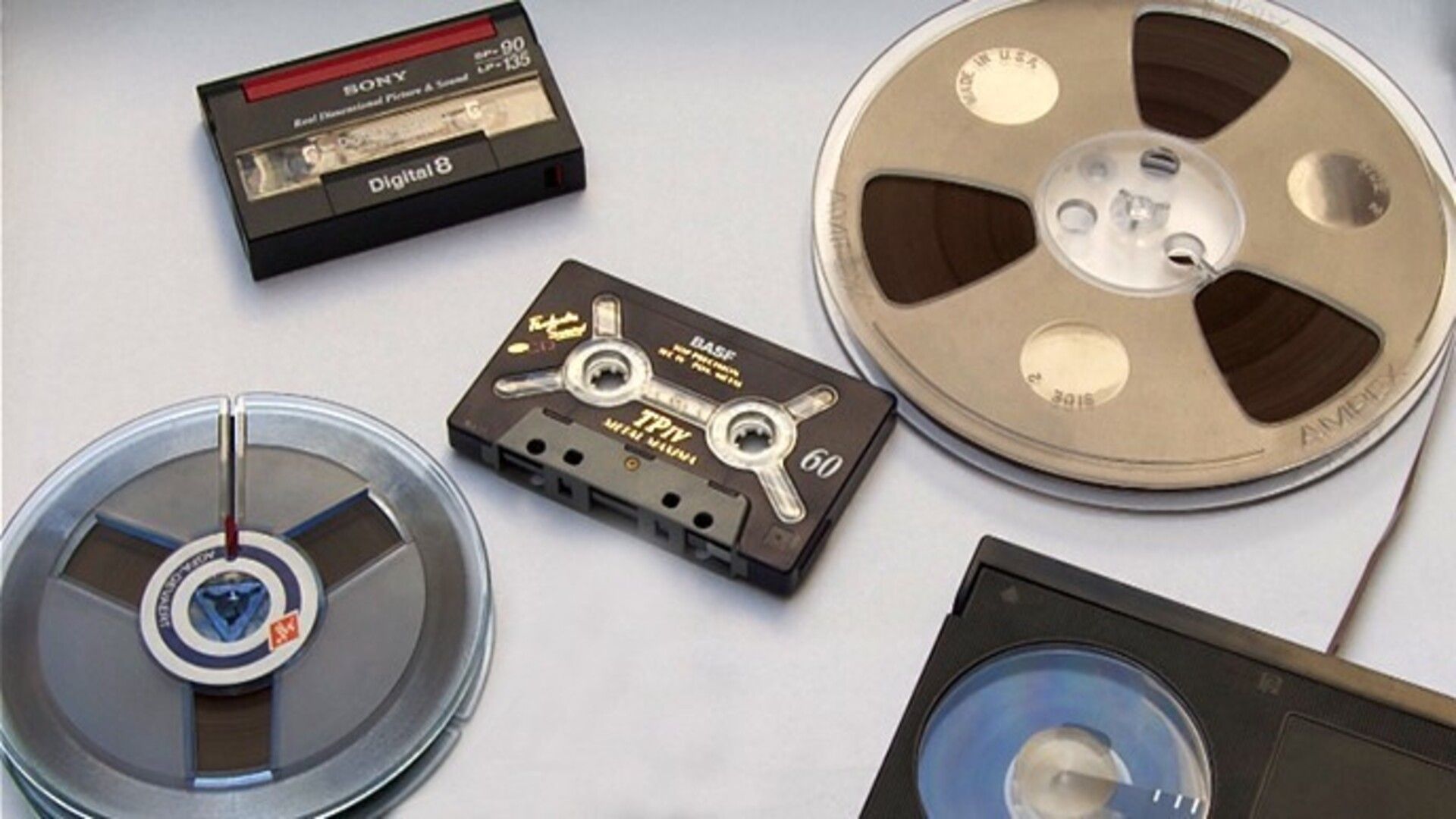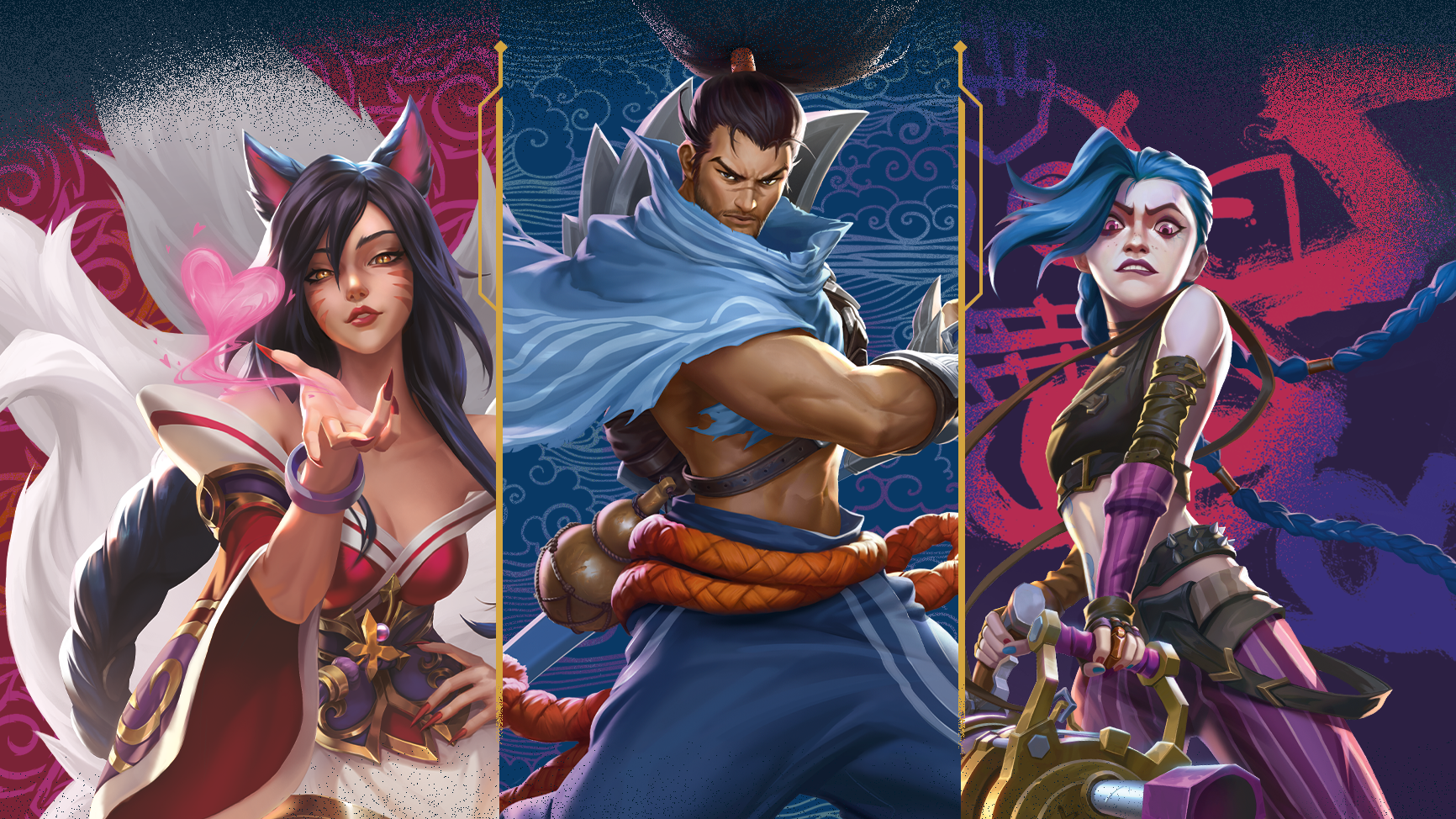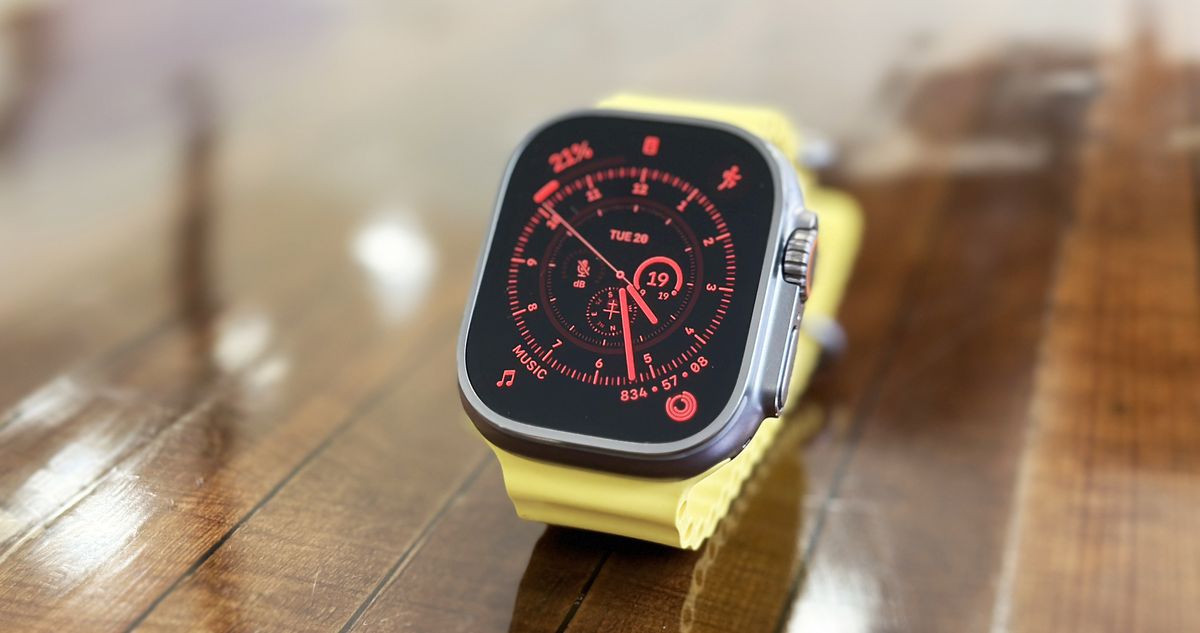As someone who has tried and failed several times to stick with League of Legends, I know firsthand how unapproachable Summoner’s Rift can seem, but that’s recently changed thanks to Riftbound. For the past week, since its launch, I’ve been playing as much of it as I can, and Dave Guskin (Riftbound’s Game Director) is right – this TCG is one of the most accessible I’ve played in a while, and it will get players hooked.
Whether you’re a longtime TCG fan like me, love League of Legends or only know the characters through Arcane, or are a complete newcomer to either League or card games, there’s something utterly delightful here with Riftbound.
Even my fiancée had a blast when I encouraged (read: bribed) her to play a few games with me – saying, “It’s a lot better than Magic [The Gathering].” I’m not sure I’d go quite that far yet, but Wizards of the Coast should look out, its lunch might soon get eaten.

Watch On
Choose your fighter
Riftbound is like a delicious hotpot of ideas when it comes to gameplay.
Just like League of Legends and a couple of popular TCG alternatives (namely Flesh & Blood and Magic: The Gathering’s Commander format), your deck construction starts with your choice of Legend – a character from League’s vast roster.
This Legend decides which two of Riftbound’s rune flavors you can use in your deck – these decide what cards you can include and are based on the character’s personality, for example, Jinx is fueled by Fury and Chaos, while Viktor is concerned with Mind and Order. The Legend also has an ability you can use throughout the game to enhance your strategy – Jinx lets you draw an extra card when your hand is empty (or close to empty), so she pairs well with discard effects.
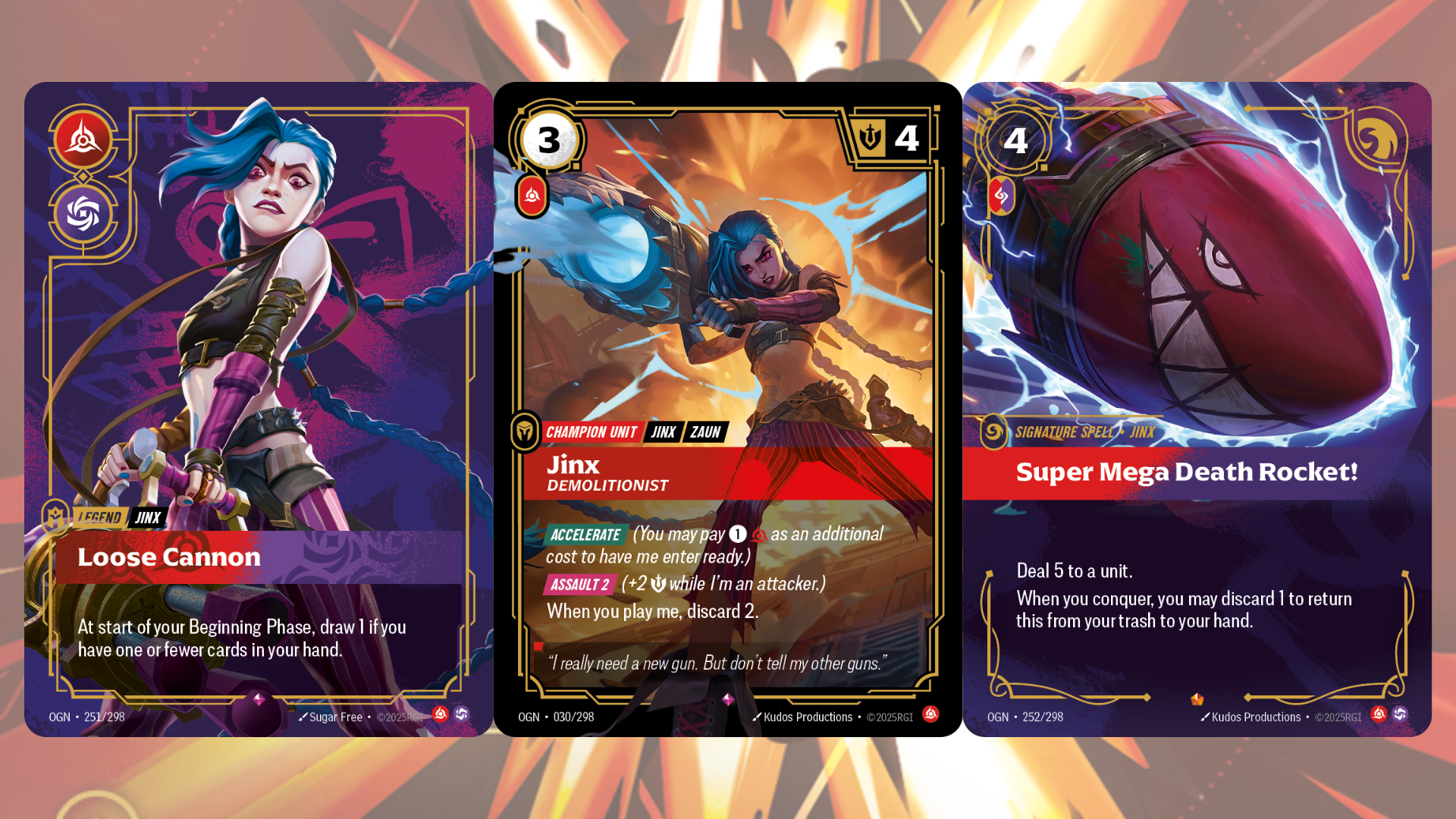
With this in mind, you build a 40-card deck (with no more than three copies of any one card) that includes at least one Champion unit that matches your Legend. That’s so they can be your chosen Champion, a card that sits outside your deck that you can play as if it were in your hand (though unlike Magic: The Gathering’s Commander, if this Champion is slain, they stay in the trash like every other card).
Right now, there are 16 Champion Legends pairs (some Champions like Vi don’t yet have a Legend to pair with), and while I was only familiar with a handful, I’ve already fallen in love with their designs – not just their superb character artwork, but the varied gameplay styles they facilitate.
From just these 16, I’m certain most players will find a Legend that suits the kind of game they want.
As Guskin explained to me in a conversation we had leading up to Riftbound’s launch, “I think we saw there was an opportunity from building this card game from scratch to make sure people can play the way they want to.”
He wasn’t just talking about what they build, but how they interact with the game in the moment with more action-packed and more relaxed playstyles being perfectly acceptable, “We can design a system that supports a really solid competitive 1v1 format, but also a multiplayer game where maybe someone isn’t involved in a fight over a Battlefield, there isn’t a risk of the game ending, and they can go like, get a snack and come back.”
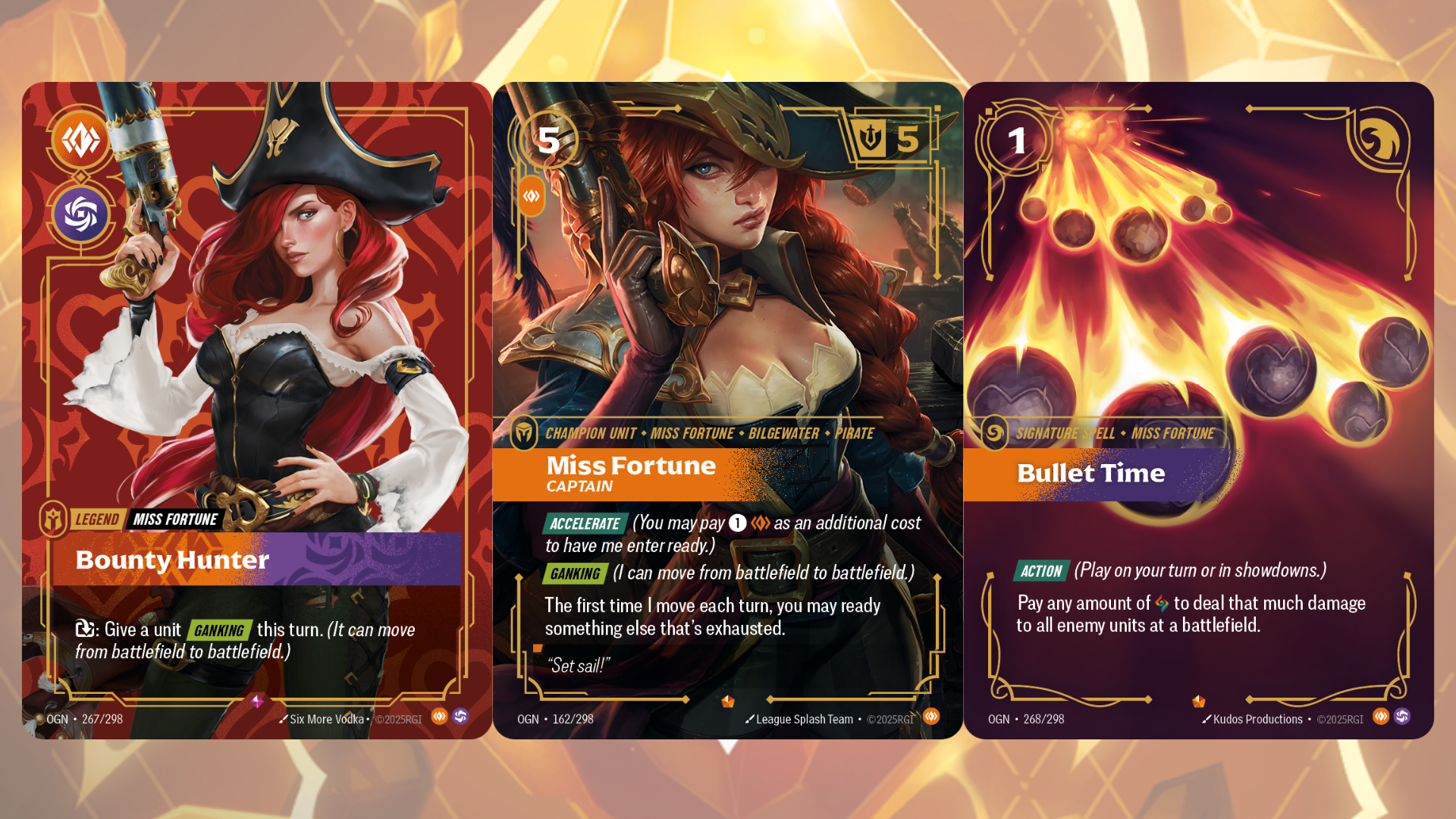
Into the Rift
Once you have your deck, how do you play?
Players are in a race to earn eight points, which they do by capturing or holding Battlefields. These locations are decided at the start of the game (often with an element of randomness) and each offers some unique effect – such as buffing all units that fight there, or letting the controller draw bonus cards.
On each of their turns, players will summon units to send into a Battlefield, cast spells that make their units stronger (or disrupt their foes), and craft gear that’ll offer some kind of ongoing advantage if it’s allowed to stick around.
They do this using those Runes I mentioned before.
What’s neat about Riftbound is that your Runes aren’t like Energy or Lands in some other TCGs in that they’re mixed in with all of your other cards; instead, they have their own unique 12-card deck, and you get to put two Runes into play on each of your turns – meaning by turn six, all 12 could be in play.
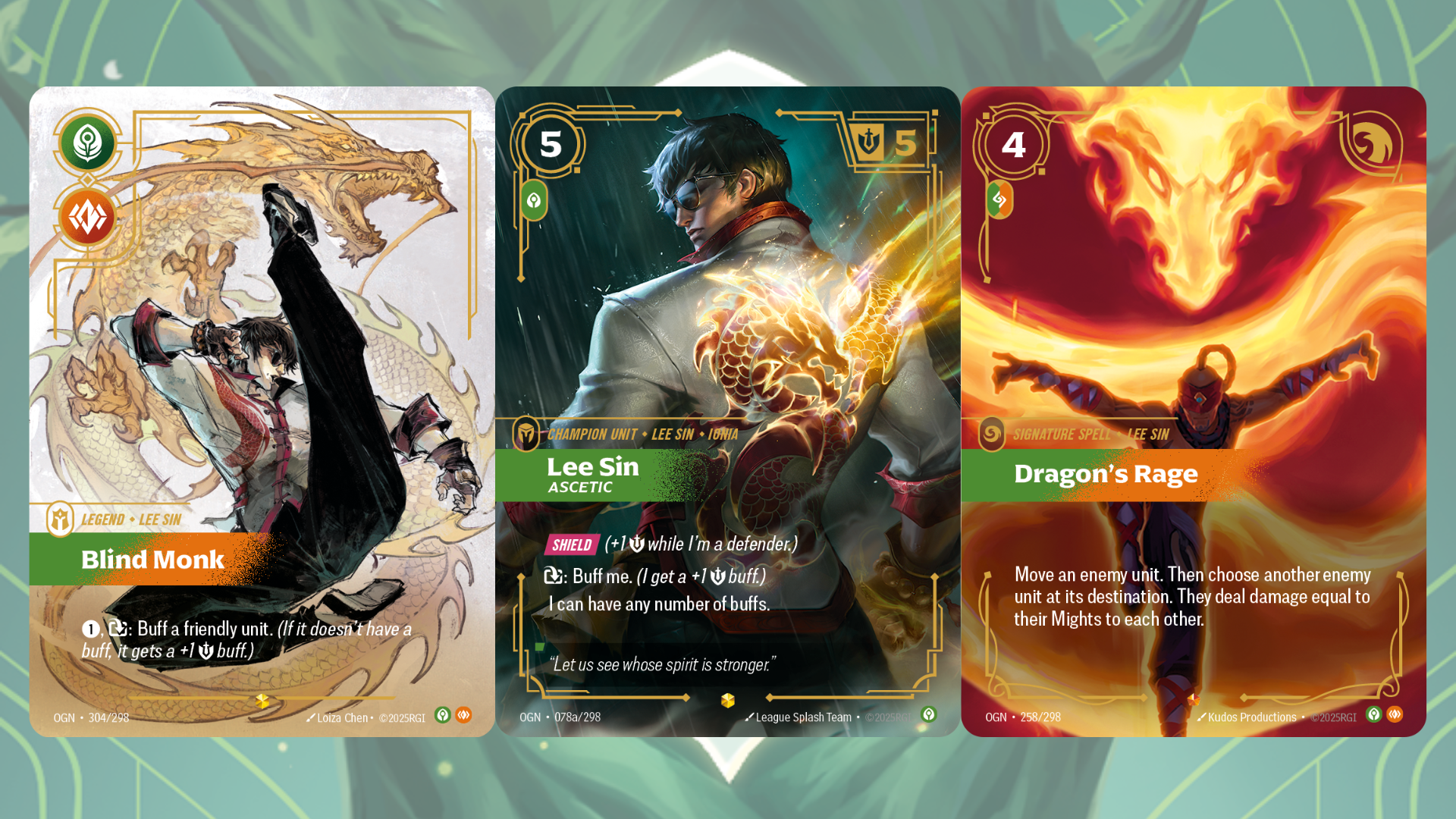
I say “could be in play” because some powerful cards won’t just exhaust your resources (‘tapping’ them if you’re used to the lingo from other card games), they’ll ask you to recycle Runes too – that is, putting them back onto the bottom of your deck.
Another mix-up from the usual TCG formula, the race to eight points has a special snag: the last point is special. It can only be earned by conquering all Battlefields in a turn, or holding a location (having a unit there at the start of your turn). Otherwise, when you earn a point, you draw a card instead.
If you’ve ever played a TCG and experienced the pain of drawing too many or too few resources, you’ll know why the Runes deck is an exciting twist on the usual formula – one which puts much more tactical control in the players’ hands.
As for why the last point has to be special, Dave Guskin explained to me: “It’s kinda like sudden death time.
“So we actually didn’t have that rule at the beginning, but we did a lot of playtests internally at Riot and some externally, and you’d be playing it, it’d be really cool and dynamic, and then all of a sudden someone sneaks in for the final point and it was just a very anticlimactic end to the game.”
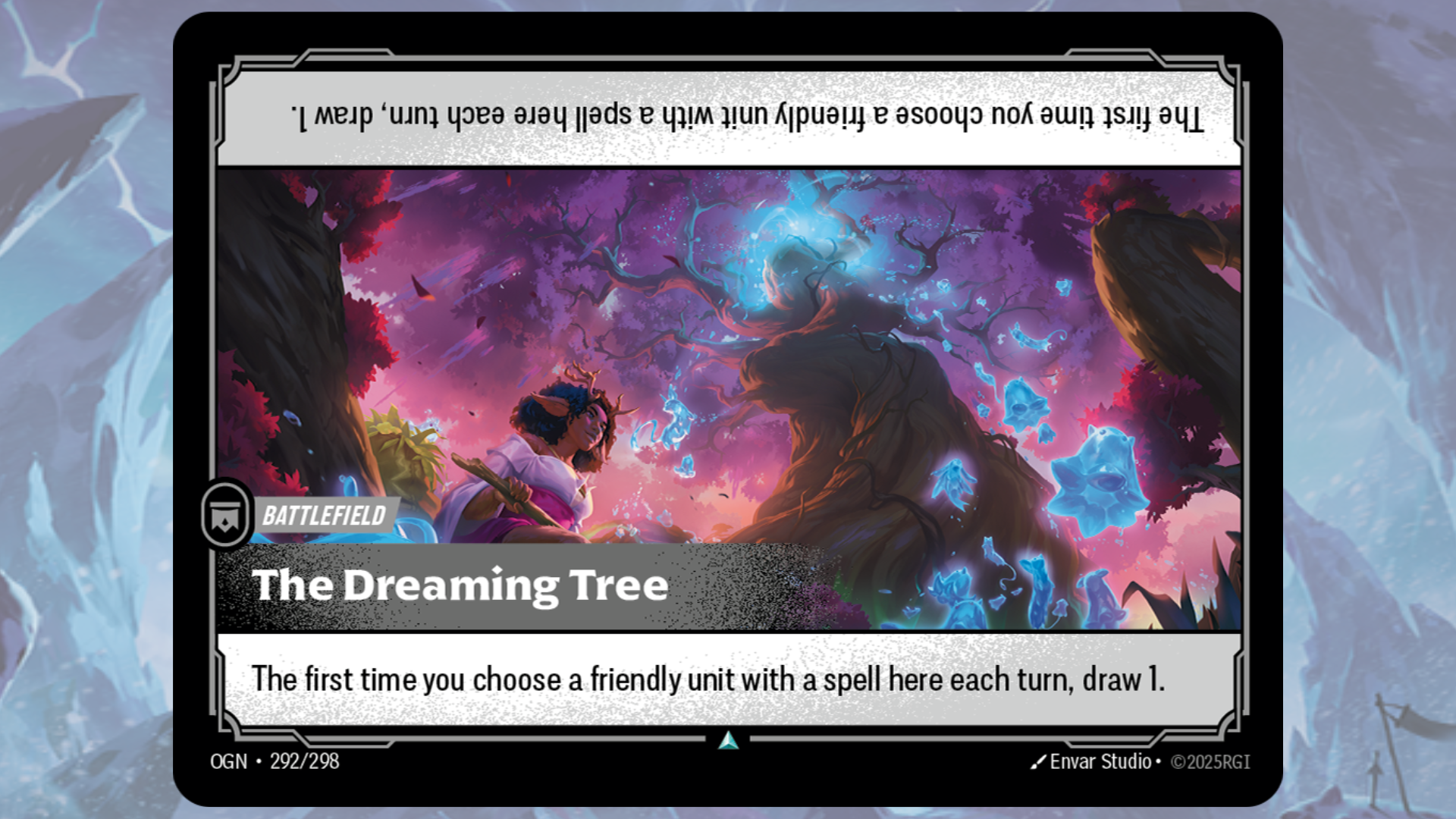
He added, “Winning should be this epic moment where one player shows they deserved it, and sneaking into that final point felt antithetical to what we wanted to build.
“So we came up with the idea of this kind of king of the hill. Either a player proves they can pick a spot and defend themselves from everyone who challenges them, or they can demonstrate complete military superiority by conquering every battlefield.
We tested it, and even though it did cause games to go on a little longer, nobody cared that it went on longer because those last turns became just so exciting.”
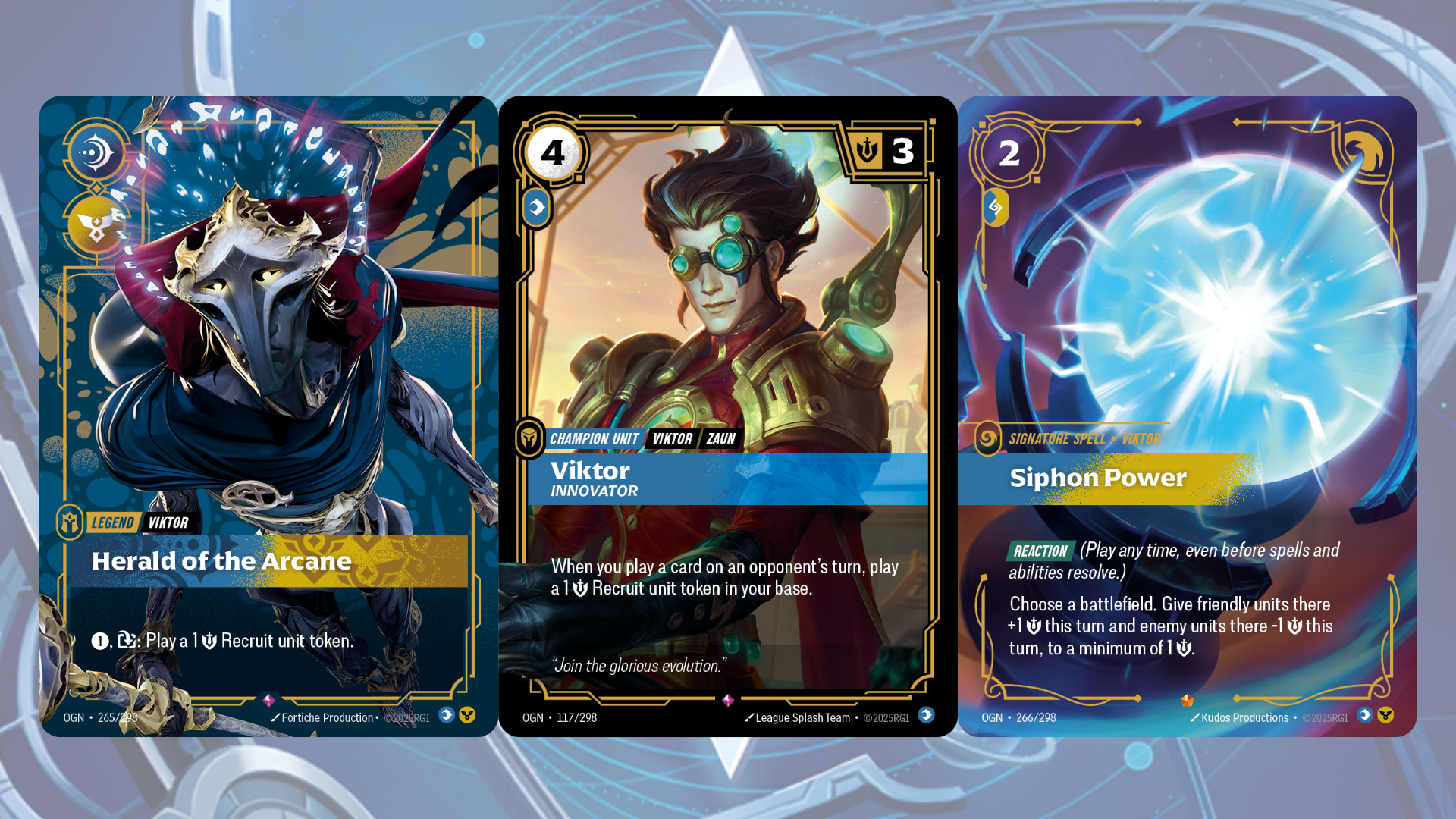
The anticlimactic nature of endings certainly rings true for some of my experiences with other points-based TCGs.
I dabbled in Lorcana for a while but eventually fell off because I felt too many games ended without me having enough agency on the outcome – it is a fantastic game in many ways but I remember several matches were I could see my eventual defeat or victory several turns in advance, and assuming we both played perfectly there was nothing my opponent nor I would be able to do to change the outcome.
With Riftbound’s approach, as both Guskin, I and other players have experienced, it’s possible to see some real nail-biter matches that have one player on the precipice of victory for a while – sometimes seizing a win, sometimes snatching defeat – and it makes for some exhilarating gameplay.
A new best TCG?
I’m loving Riftbound as you can probably tell from my writing, and I think it’s knocking on the door of being an all-time great TCG – we’ll have to see how it develops over the coming sets, but I have high hopes so far.
It has a low skill floor that makes it easy for people to pick up, even if they’re new to League or TCGs, but also a lot of tactical meatiness to chew on if that’s what you’re after.
I’ve already signed up for a few Nexus Nights at my local game stores, and as I write this, I’m counting down the days until the next one so I can play more.
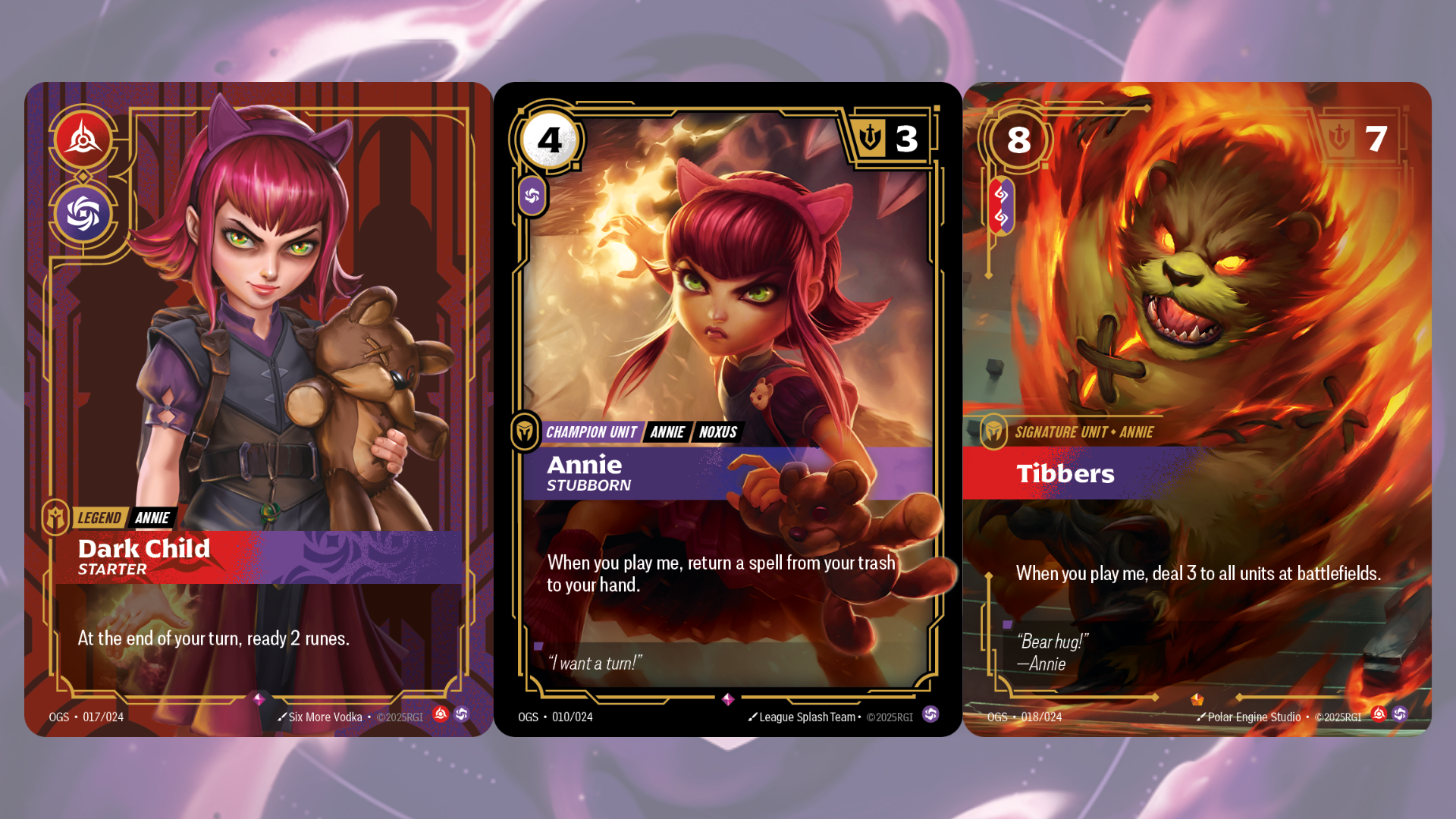
Unfortunately, the game is so popular stock of cards is running low, but restocks and better availability have been promised by Riot to arrive soon (“between now and the end of the year”).
When these restocks arrive, be sure to pick up the Proving Ground box set ASAP – it’s basically a board game with everything for two to four players to play a game with some pretty strong preconstructed decks that make for exciting matches. It’s easily the best way to try Riftbound, and once you’ve played it, I’m sure it’ll hook you like it has me.
Follow TechRadar on Google News and add us as a preferred source to get our expert news, reviews, and opinion in your feeds. Make sure to click the Follow button!
And of course you can also follow TechRadar on TikTok for news, reviews, unboxings in video form, and get regular updates from us on WhatsApp too.




